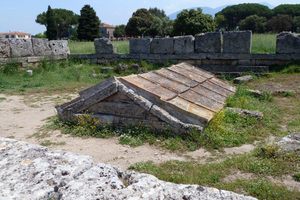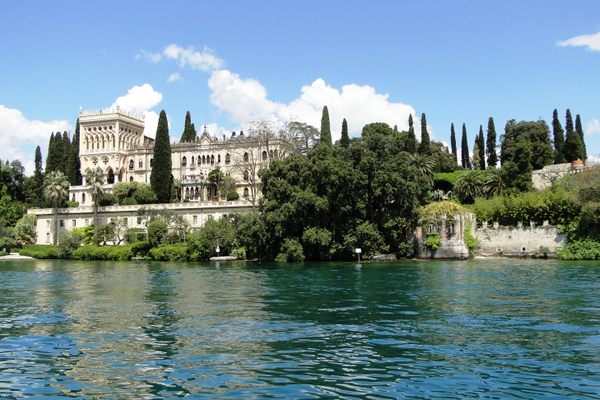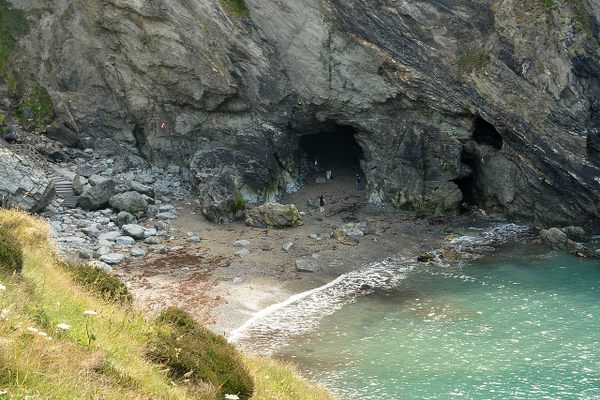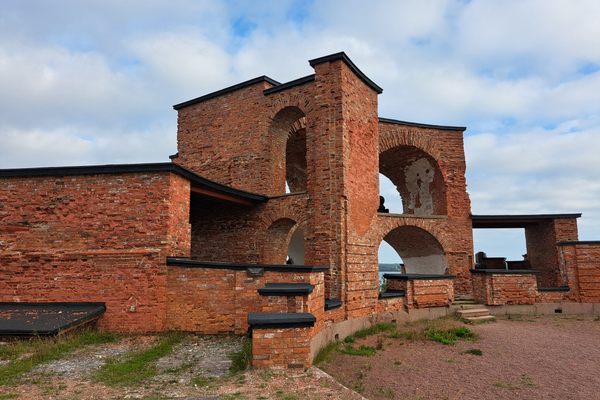About
Along the beautiful coast of Cilento, in Southern Italy, the town of Castellabate is a renowned tourist destination. From the beaches of Santa Maria di Castellabate, if visitors look south, they may notice a small island just off the coast of a large promontory, this is Licosa Island.
Near the small island, the clear waters reveal the remains of a town dating back to the Greek colonization of Magna Graecia and a 2,000-year-old Roman villa under the sea. Other ruins and archaeological findings have been uncovered on the island such as a mosaic, pottery, and a few inscriptions. Over the centuries, the shallow waters around the island have caused many shipwrecks, so a small lighthouse was constructed.
For some time, the island had been linked to the myth of the sirens. It's believed that the name Licosa comes from Leucosia, one of the three mythological sirens that Ulysses met in the Odyssey. According to this legend cited by various Roman authors, the siren lived on the island and was buried there after her death. Modern studies have revealed that the islet was probably connected to the mainland until the 4th-century BCE and that a nearby shoal, located further into the sea, was once an island and the actual place to which the legend refers.
Related Tags
Flavors of Italy: Roman Carbonara, Florentine Steak & Venetian Cocktails
Savor local cuisine across Rome, Florence & Venice.
Book NowCommunity Contributors
Added By
Published
April 29, 2021






















